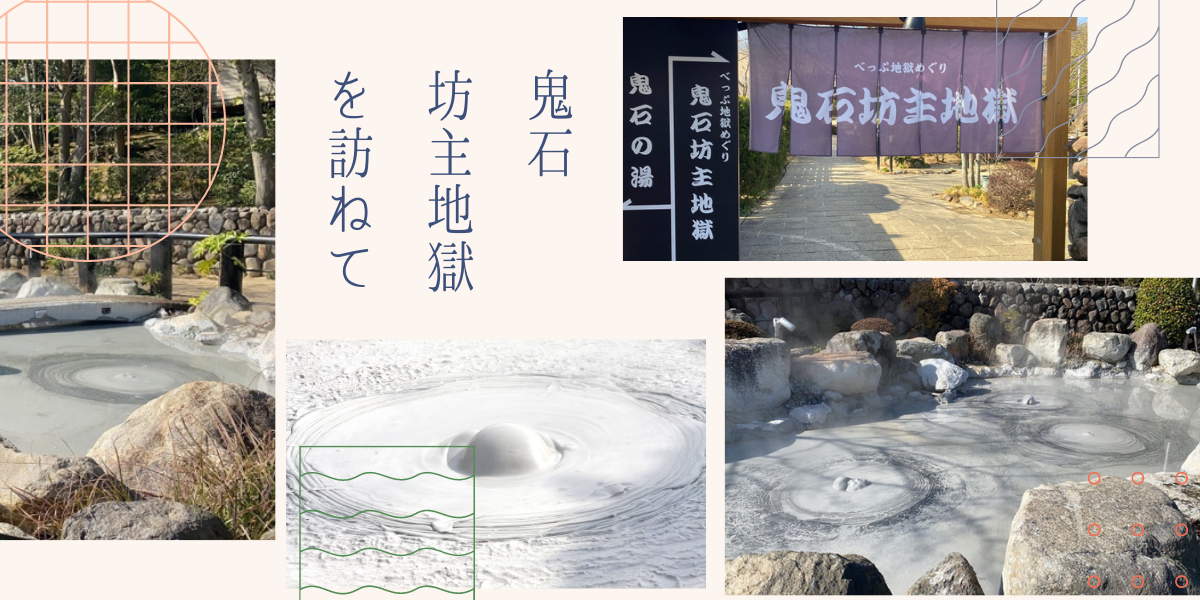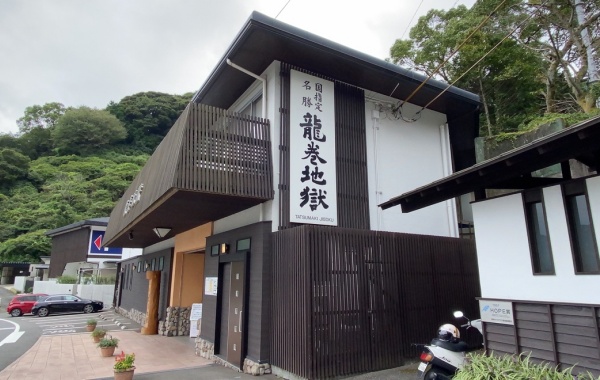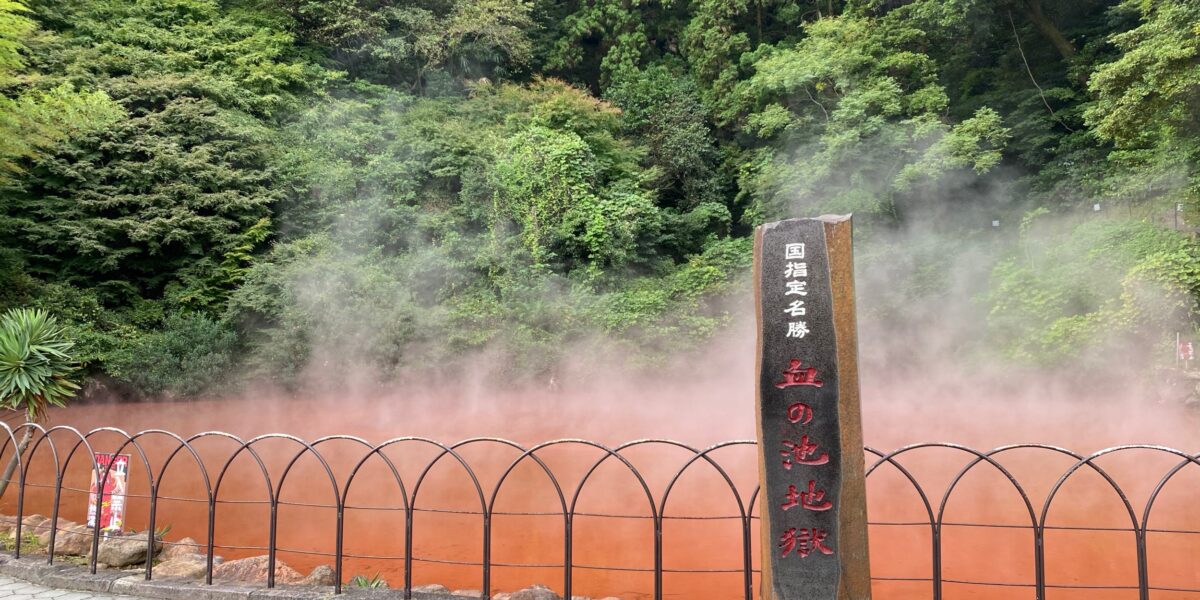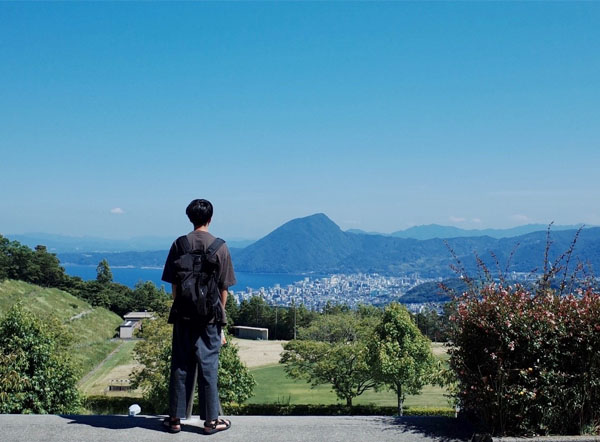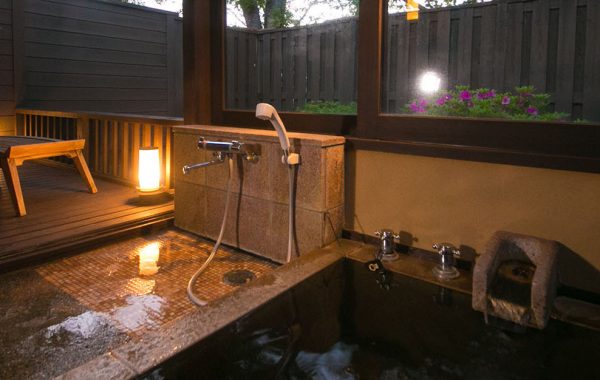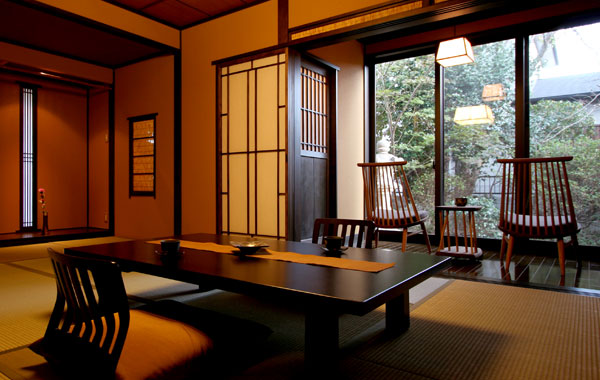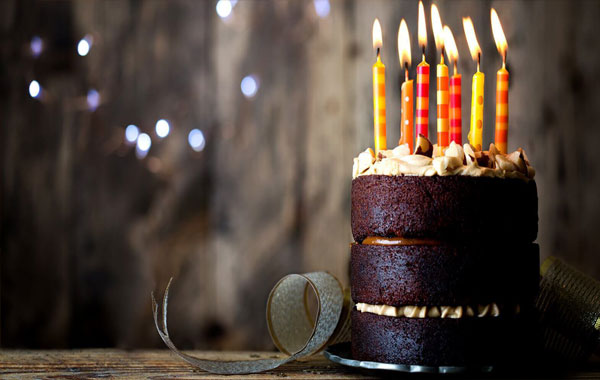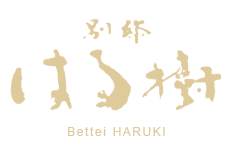Tag: Hells of Beppu
Enjoy Beppu’s Onishi-Bozu Jigoku!
This time, I would like to introduce you to Onishi-Bozu Jigoku or Hell, one of the most popular hells in Beppu! Onishi-Bozu Jigoku translates as ‘Hell of the Monk’s Head’ and is named after the bubbles that form in the hot mud, causing it to swell up like a shaved head. Tourism here started after the Meiji Era (1868-1912) but
Umi-Jigoku: The Largest of Beppu’s Hells
In Beppu, a city of hot springs, there are many jigoku or hells where the water that gushes out creates a breathtaking sight. Jigoku meguri or hell tours have become a standard tourist activity. The most famous of these are the Blood Pond Hell and the Oniishi Bozu Hell, but the largest of these is the Umi-Jigoku or Sea Hell.
Tatsumaki Jigoku, a Hidden Gem in Beppu’s Jigoku Tour
In Beppu, a city famous for its jigoku or hells, people often first think of Umi Jigoku and Blood Pond Jigoku. However, Tatsumaki Jigoku, is as attractive as both of those but perhaps a bit less well-known. Today, we will introduce some of the highlights of Tatsumaki Jigoku in Beppu City. Tatsumaki Jigoku, an Official National Scenic Area Tatsumaki Jigoku
Encounter the Mysteries of Nature at Beppu’s Blood Pond Jigoku
Beppu is home to a number of jigoku (hells or hot springs), the most popular of which is Blood Pond Jigoku. As the name implies, Blood Pond Jigoku, with its steaming blood-red water, is very impressive. What is Blood Pond Jigoku? Blood Pond Jigoku is the oldest natural hell in Japan. A naturally occurring chemical reaction takes place in a
Beppu for Beginners: An Introduction to Beppu’s Best Attractions
Beppu has long been known as one of the best hot spring towns in Japan. Today, tourists from all over the world, as well as across Japan, come in seek of its mineral-rich hot springs and enchanting scenery. Even after centuries, Beppu continues to charm travelers with its natural attractions – and this charm only grows, as word of its

